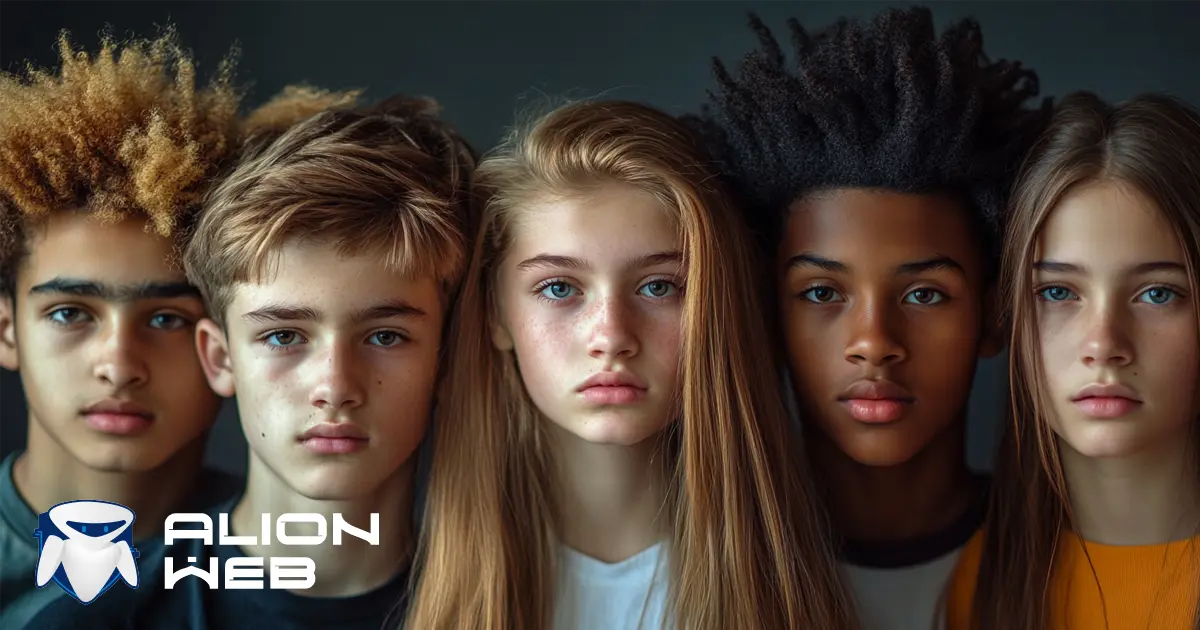Virtual Threats: How Malicious Websites Affect the Safety of Children and Adolescents

In the modern digital world, children and teenagers interact with the internet every day, discovering new opportunities for learning and entertainment. However, along with development, there are also a number of threats associated with access to harmful websites. Let's look at the main types of such resources and their potential dangers.
Websites with Violent or Disturbing Content
Some online resources contain scenes of violence or materials that can cause fear or anxiety in children. For example, websites that contain:
- Videos: Recordings of violent acts, accidents, or other disturbing events.
- Images: Photographs with graphic content meant to shock the viewer.
- Audio: Sound recordings with frightening or disturbing content.
- Text Content: Articles or posts with alarming or shocking information.
Dangerous Internet Challenges
In recent years, dangerous challenges have spread across the internet, encouraging teenagers to engage in risky behavior. For example, challenges that involve tasks that could lead to self-harm or even suicide. While the reality of such challenges is often questioned, the very hype around them can provoke imitation and harm the mental health of teenagers.
Websites with Inappropriate Advertising and Hidden Content
Even on platforms intended for children, you may encounter:
- Inappropriate advertising materials;
- Stereotypes and racist elements in cartoons.
Phishing Websites and Fraudulent Resources
Children and teenagers can fall victim to phishing websites that disguise themselves as legitimate resources to steal personal information. These sites may offer free games, gifts, or other tempting offers, asking users to enter personal data or install malicious software.
Websites Promoting Harmful Habits
There are resources that promote drug use, alcohol consumption, or involvement in illegal activities. Teenagers, who are searching for their place in society, may be particularly vulnerable to such content, increasing the risk of developing harmful habits.
Websites with Sexual Content
Access to pornography can negatively affect the psychosexual development of teenagers, forming distorted views of sexual relationships and leading to future problems.
The internet offers many opportunities for development and learning, but it is important to remember the existing risks. Active involvement of parents and caregivers in the digital lives of children will help minimize the impact of harmful websites and ensure the safe and beneficial use of the internet.
Install AlionWeb to protect your child and have peace of mind
